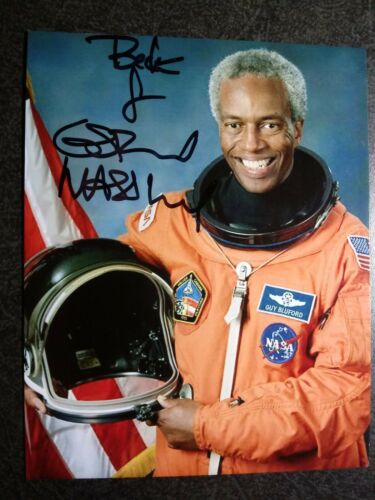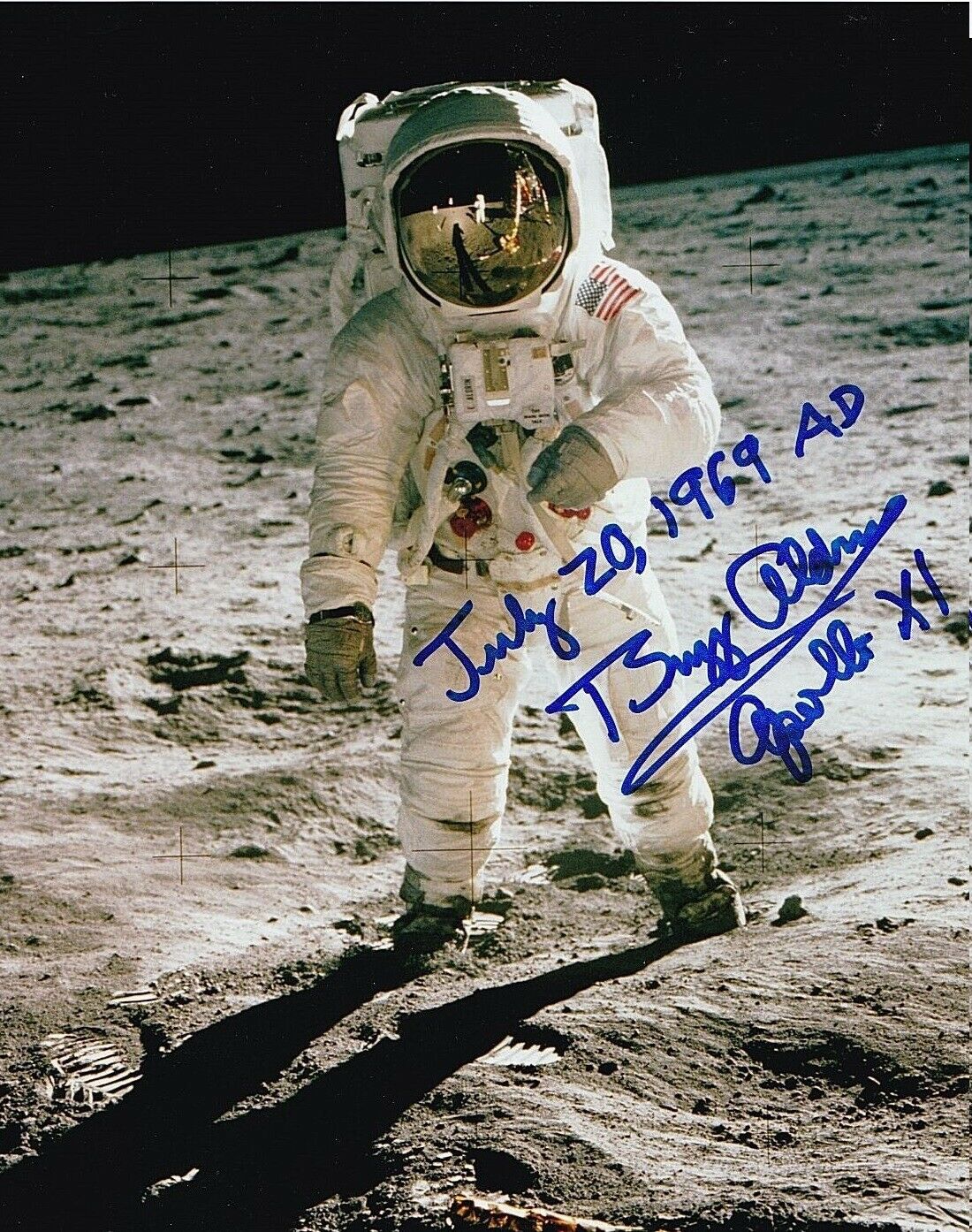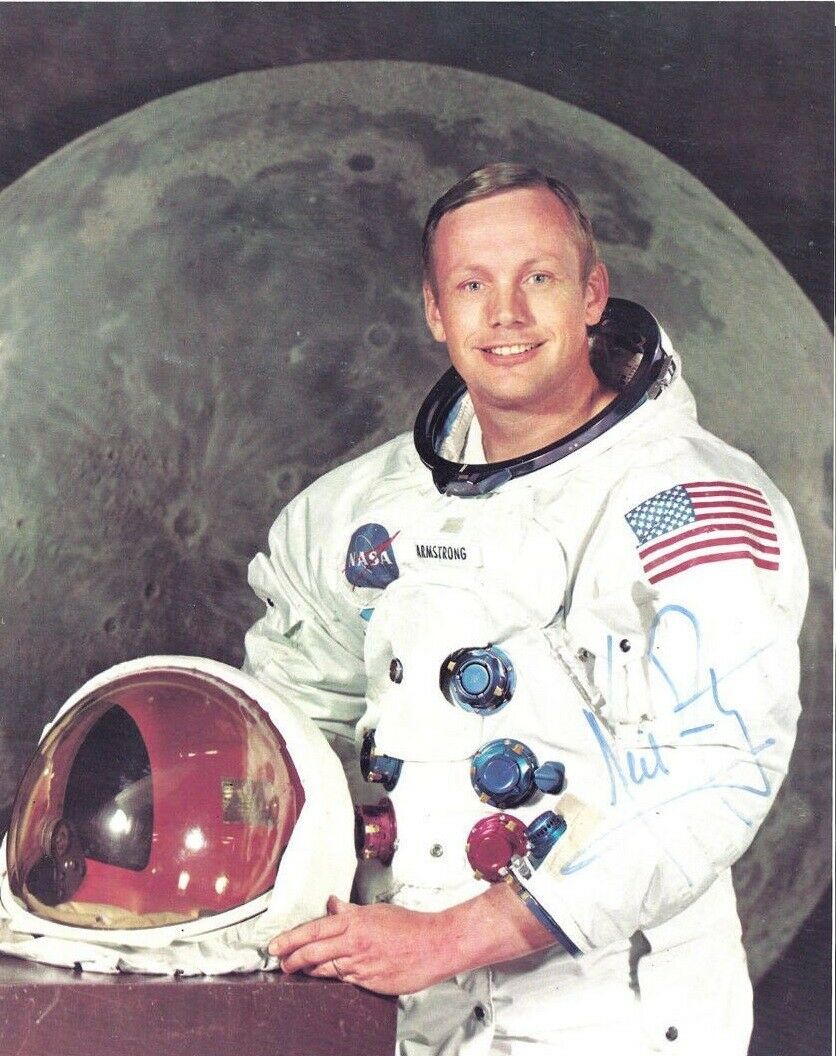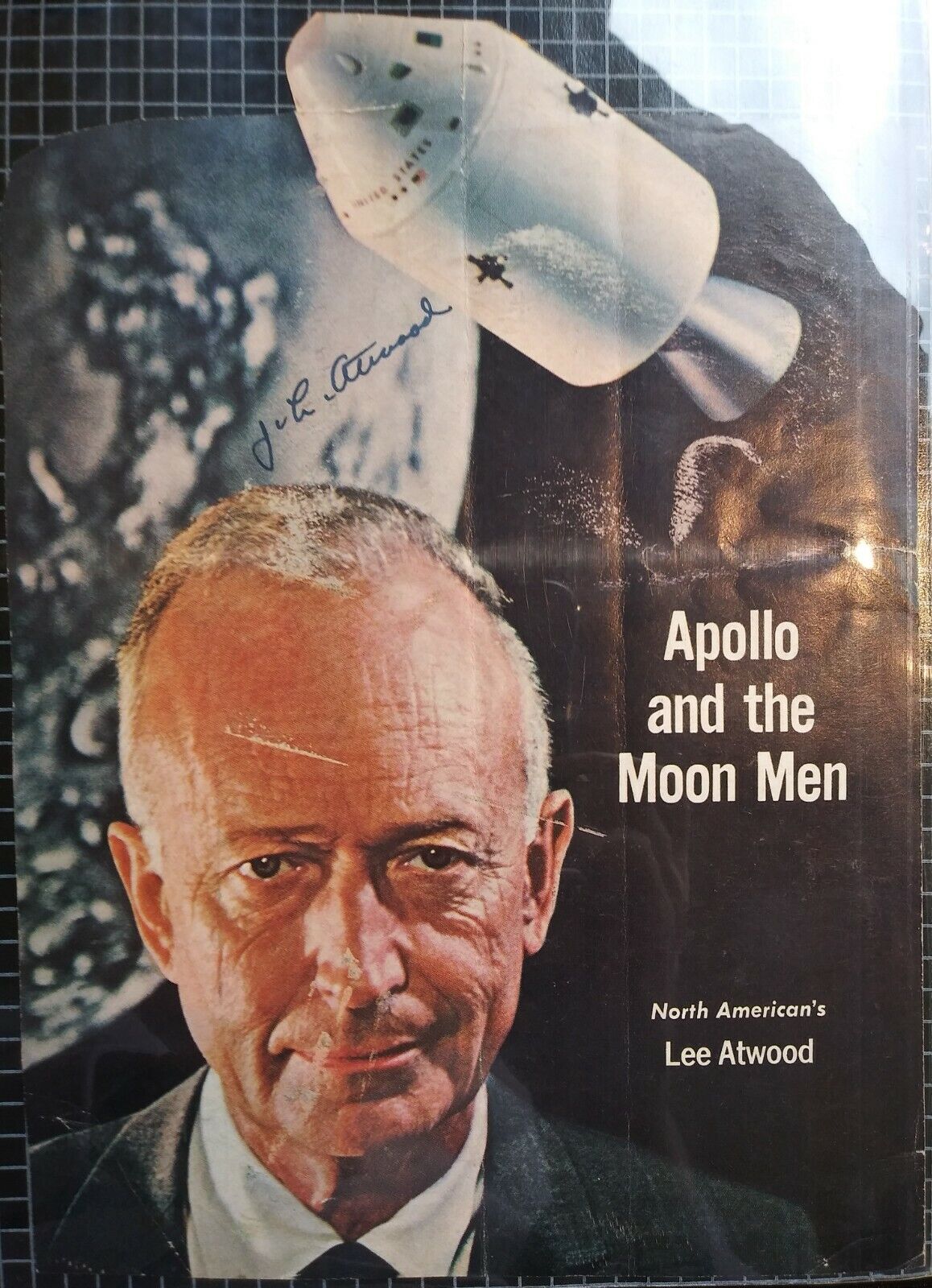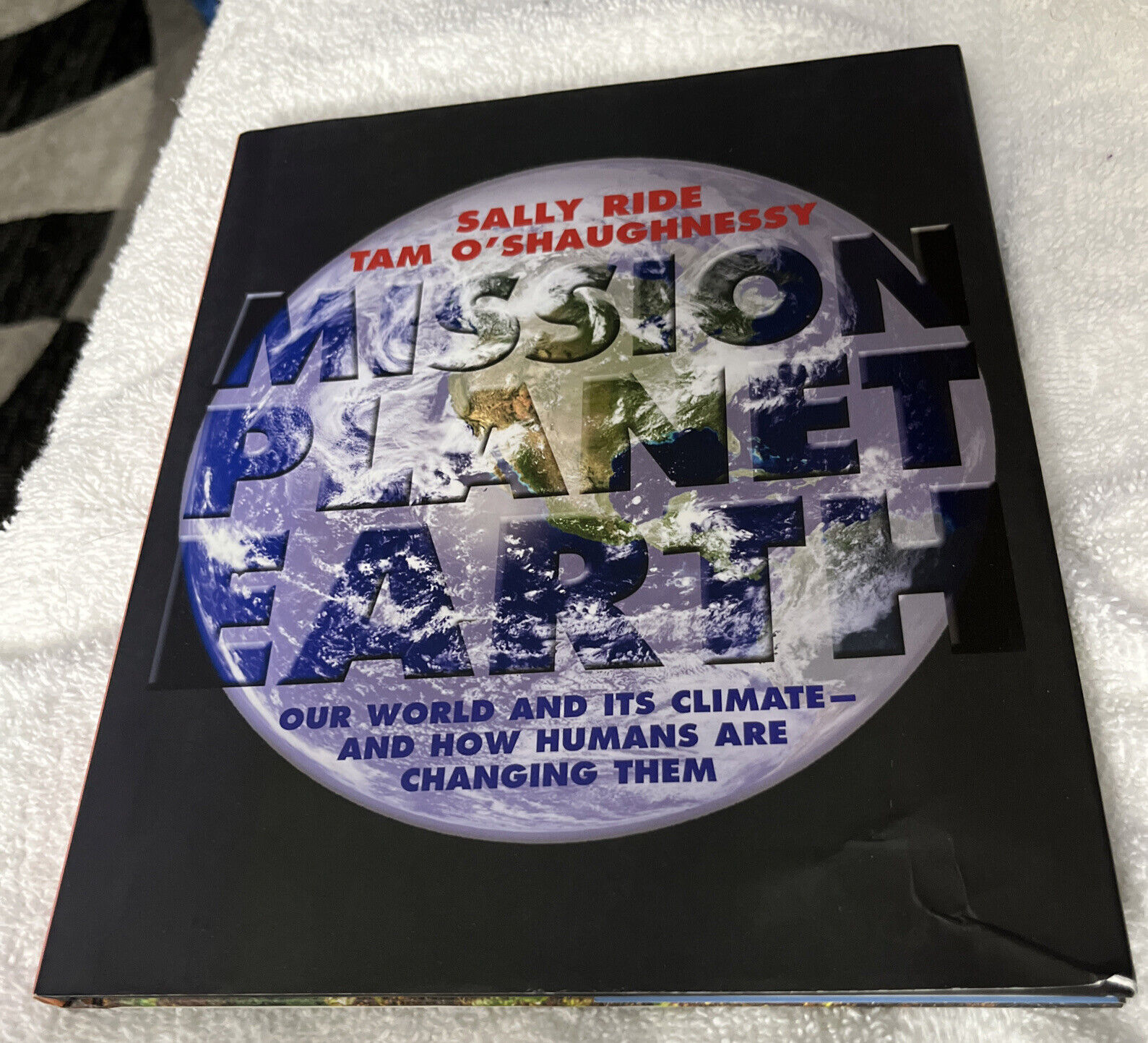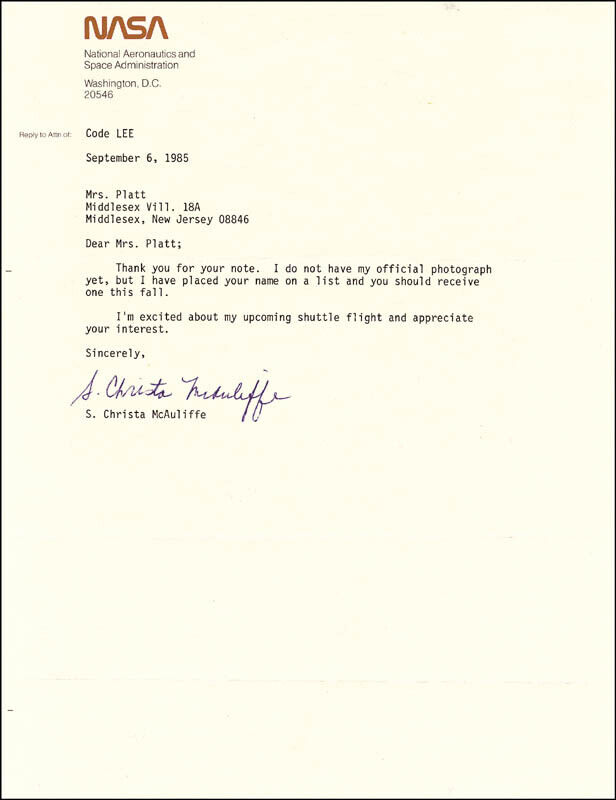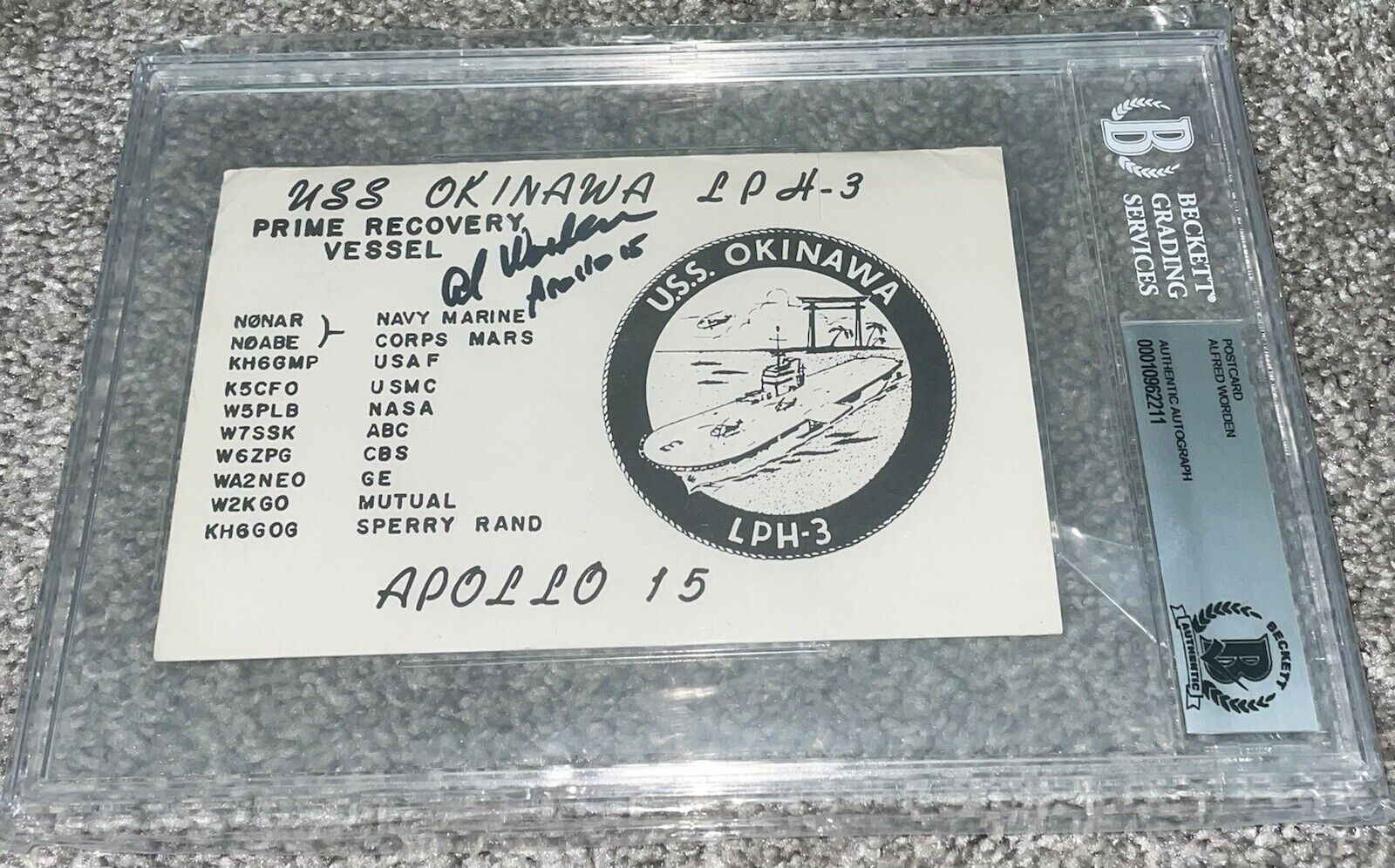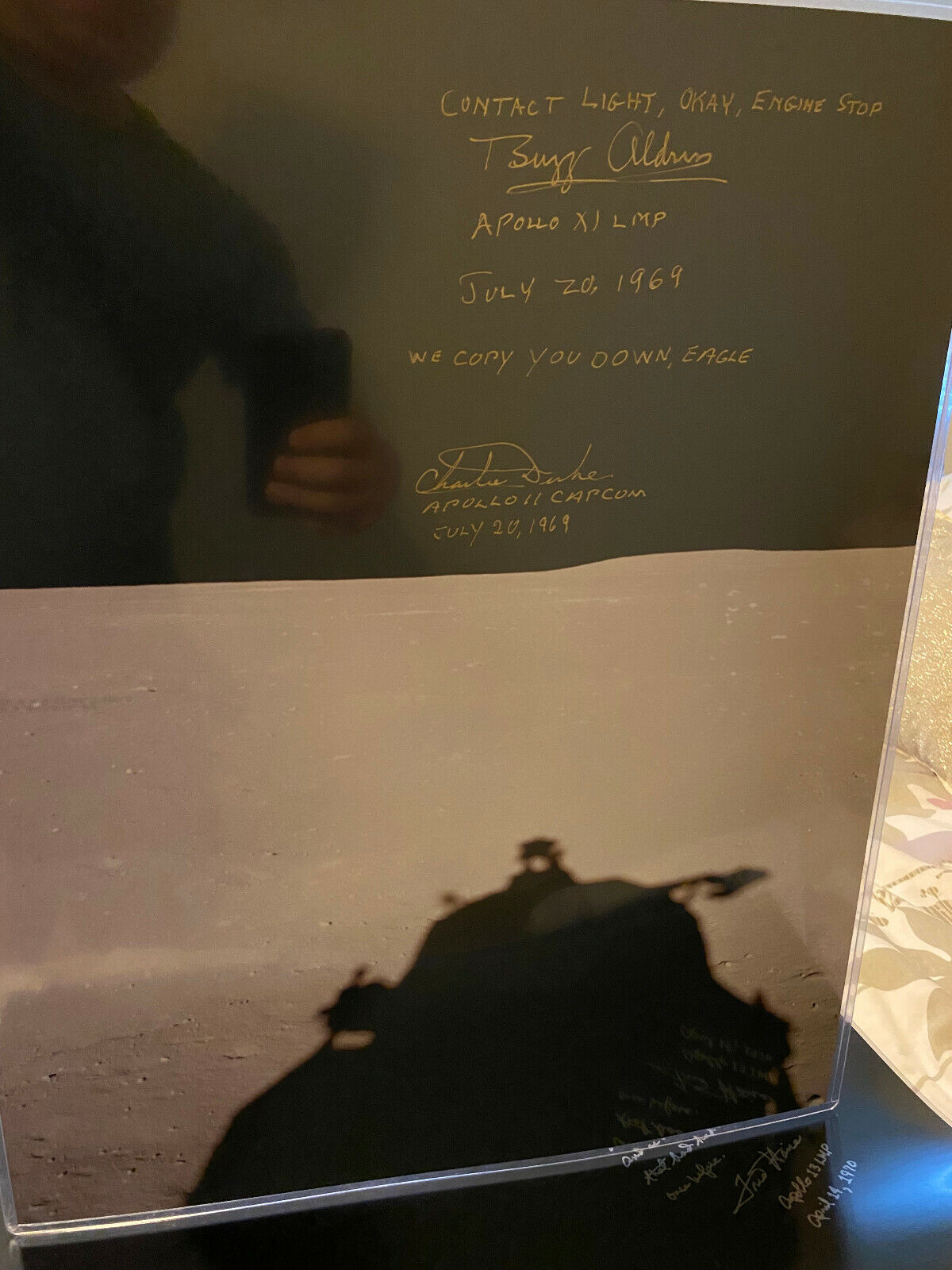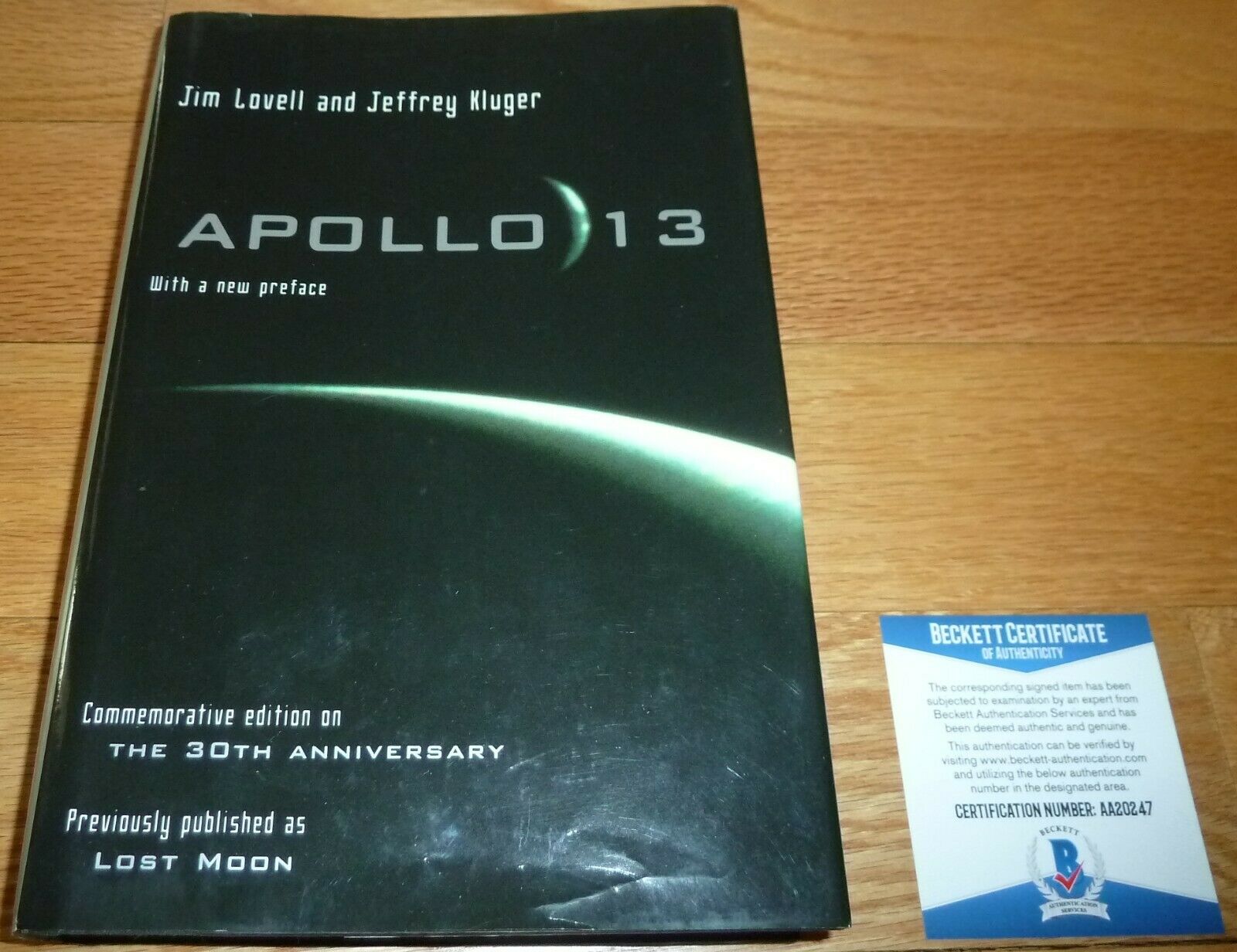-40%
GUION BLUFORD Authentic Hand Signed Autograph 4X5 Photo - NASA ASTRONAUT
$ 0
- Description
- Size Guide
Description
NASA ASTRONAUT - GUION BLUFORD Hand Signed 4X5 Photo .this 4X5 Photo is Hand Signed by Guion Bluford . %100 Authentic Autograph ! The Autograph is BOLD & Looks AMAZING ! Mr. Bluford also wrote NASA ASTRONAUT on this photo. COOL INSCRIPTION. The photo is in GREAT condition & is a High Quality photo. NICE Autograph photo. Will be shipped SUPER FAST to you & will be Well packaged . I will ship to you . The SAME DAY you pay :) YES... I even ship on Saturday . Payment MUST be made in 3 days or less after this listing ends ! Combined s&h is Extra each additional listing . In the 3 day Period . Check out my other Low priced autographs & my Fantastic Feedback :) Ad my store to your follow list . I do list NEW Low priced Autographs EVERY DAY ! Upon Request . I do offer my Lifetime Guarantee COA . Just message me at Checkout. Thank you :) Amanda(born November 22, 1942) is an American aerospace engineer, retired U.S. Air Force officer and fighter pilot, and former NASA astronaut, who is the first African American[1][2][a] and the second person of African descent to go to space. Before becoming an astronaut, he was an officer in the U.S. Air Force, where he remained while assigned to NASA, rising to the rank of colonel. He participated in four Space Shuttle flights between 1983 and 1992. In 1983, as a member of the crew of the Orbiter Challenger on the mission STS-8, he became the first African American in space as well as the second person of African ancestry in space, after Cuban cosmonaut Arnaldo Tamayo Méndez.NASA career Astronaut candidates Ronald McNair, Bluford, and Fred Gregory wearing Apollo spacesuits, May 1978 Bluford was selected to become a NASA astronaut in January 1978 as a part of NASA astronaut group 8.[8] They trained for a year and were officially designated as astronauts in August 1979. His technical assignments have included working with Space Station operations, the Remote Manipulator System (RMS), Spacelab systems and experiments, Space Shuttle systems, payload safety issues and verifying flight software in the Shuttle Avionics Integration Laboratory (SAIL) and in the Flight Systems Laboratory (FSL). Bluford was a mission specialist on STS-8, STS-61-A, STS-39, and STS-53. Bluford's first mission was STS-8, which launched from Kennedy Space Center, Florida, on August 30, 1983. This was the third flight for the Orbiter Challenger and the first mission with a night launch and night landing. During the mission, the STS-8 crew deployed the Indian National Satellite (INSAT-1B); tested the Canadian-built robotic arm (the Shuttle Remote Manipulator System (SRMS) or Canadarm) with the Payload Flight Test Article (PFTA); operated the Continuous Flow Electrophoresis System (CFES) with live cell samples; conducted medical measurements to understand biophysiological effects of space flight; and activated four "Getaway Special" canisters. STS-8 completed 98 orbits of the Earth in 145 hours before landing at Edwards Air Force Base, California, on September 5, 1983. Bluford on STS-8 in 1983 Bluford then served on the crew of STS-61-A, the German D-1 Spacelab mission, which launched from Kennedy Space Center on October 30, 1985. This mission was the first to carry eight crew members, the largest crew to fly in space and included three European payload specialists. This was the first dedicated Spacelab mission under the direction of the German Aerospace Research Establishment (DFVLR) and the first U.S. mission in which payload control was transferred to a foreign country (German Space Operations Center, Oberpfaffenhofen, Germany). During the mission, the Global Low Orbiting Message Relay Satellite (GLOMR) was deployed from a "Getaway Special" (GAS) container, and 76 experiments were performed in Spacelab in such fields as fluid physics, materials processing, life sciences, and navigation. After completing 111 orbits of the Earth in 169 hours, Challenger landed at Edwards Air Force Base on November 6, 1985. Bluford also served on the crew of STS-39, which launched from Kennedy Space Center on April 28, 1991, aboard the Orbiter Discovery. The crew gathered aurora, Earth-limb, celestial, and Shuttle environment data with the AFP-675 payload. This payload consisted of the Cryogenic Infrared Radiance Instrumentation for Shuttle (CIRRIS-1A) experiment, Far Ultraviolet Camera experiment (FAR UV), the Uniformly Redundant Array (URA), the Quadrupole Ion Neutral Mass Spectrometer (QINMS), and the Horizon Ultraviolet Program (HUP) experiment. The crew also deployed and retrieved the SPAS-II which carried the Infrared Background Signature Survey (IBSS) experiment. The crew also operated the Space Test Payload-1 (STP-1) and deployed a classified payload from the Multi-Purpose Experiment Canister (MPEC). After completing 134 orbits of the Earth and 199 hours in space, Discovery landed at the Kennedy Space Center on May 6, 1991. Bluford's last mission was STS-53, which launched from Kennedy Space Center on December 2, 1992. The crew of five deployed the classified Department of Defense payload DOD-1 and then performed several Military-Man-in-Space and NASA experiments. After completing 115 orbits of the Earth in 175 hours, Discovery landed at Edwards Air Force Base on December 9, 1992. With the completion of his fourth flight, Bluford has logged over 688 hours in space. Bluford, an Eagle Scout, was designated as the emissary to return the Challenger flag to Boy Scout Troop 514 of Monument, Colorado in December 1986. On December 18 of that year, he presented the flag to the troop in a special ceremony at Falcon Air Force Base.
